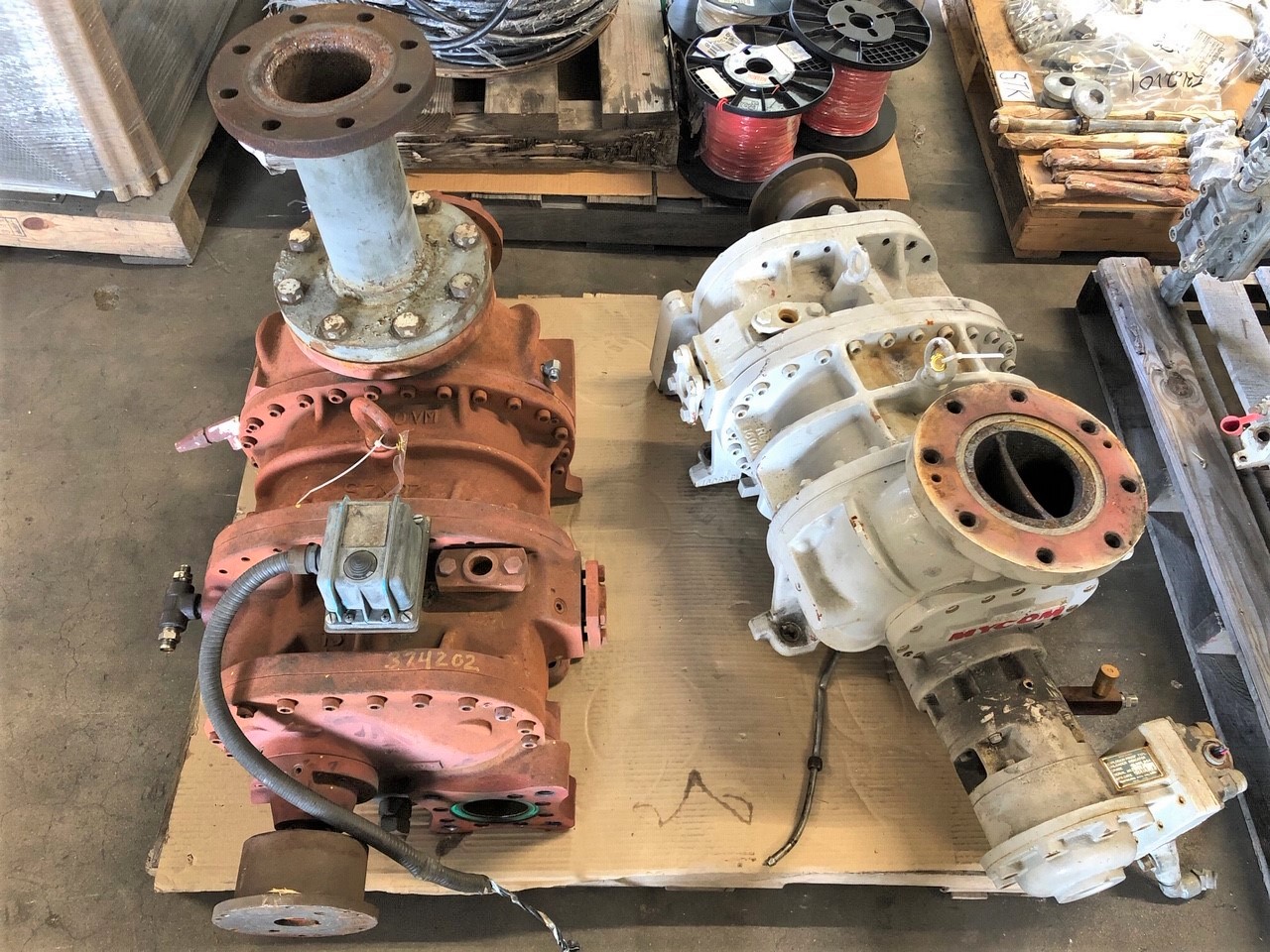
If the used industrial refrigeration market had a celebrity power couple, it would be Mycom and Frick compressors. These two names have been the backbone of cold storage facilities, ice rinks, and food processing plants for decades—and for good reason. They’re the refrigerated equivalent of that one reliable pickup truck that just won’t quit, no matter how many miles you put on it.
At RefrigerationEquipment.net, we’ve seen more Mycom and Frick compressors outlive their original owners than we’ve seen questionable fashion choices at industry conferences (and that’s saying something). Here’s why these two brands continue to dominate the pre-owned market and why cost-conscious buyers keep coming back for more.
Built Like Tanks, Run Like Clocks
Mycom and Frick compressors aren’t just built—they’re overbuilt. These machines were engineered during an era when “planned obsolescence” was considered a dirty phrase. We’re talking cast-iron construction, industrial-grade components, and designs so robust they make modern equivalents look like they were assembled with hopes and dreams.
Mycom compressors, for instance, are known for their smooth operation and precision engineering. They’re the Swiss watch of the compressor world—if Swiss watches weighed 2,000 pounds and were filled with ammonia. Frick compressors, on the other hand, are the American muscle cars of refrigeration: powerful, dependable, and built to handle heavy loads without breaking a sweat.
It’s not uncommon to find 30-year-old Mycom and Frick compressors still running strong today. Try saying that about your average HVAC system.
The ROI That Makes Accountants Smile
Let’s talk numbers—because at the end of the day, that’s what matters most to budget-minded buyers. A new industrial compressor can easily run you $50,000 to $100,000+. Meanwhile, a quality used Mycom or Frick compressor with plenty of life left typically costs 50–70% less. That’s not just a discount—that’s a game-changer.
But the savings don’t stop at the initial purchase. These compressors are known for:
- Energy Efficiency: Even older models were designed to sip power, not guzzle it.
- Low Maintenance Costs: Simple mechanics mean easier (and cheaper) repairs.
- Long Service Life: It’s not unusual to get another 10–15 years out of a well-maintained used unit.
When you do the math, the return on investment is clearer than a freshly cleaned sight glass.
The “They Don’t Make ’Em Like They Used To” Effect
Here’s a secret: some of the older Mycom and Frick compressors are actually more reliable than their newer counterparts. Why? Because they were built before cost-cutting and overseas manufacturing became the norm. These compressors were designed by engineers, not accountants.
Plus, parts and expertise for these brands are still widely available. There’s a whole ecosystem of technicians who cut their teeth on Mycom and Frick compressors and still prefer working on them. Try finding that level of support for some of the newer, fly-by-night brands.
How to Shop for a Used Mycom or Frick Compressor Without Getting Burned
Not all used compressors are created equal. Here’s what to look for:
- Maintenance History: The more records, the better. A well-documented compressor is a happy compressor.
- Visual Inspection: Look for signs of corrosion, oil leaks, or amateur repairs (aka “duct tape fixes”).
- Test Results: Reputable sellers provide pressure test and performance data.
- Refurbishment Quality: Has it been professionally rebuilt, or just hosed down and called “good”?
At RefrigerationEquipment.net, we put every used compressor through a rigorous inspection process that includes:
- Ultrasonic cleaning
- Bearing and seal replacement
- Pressure and performance testing
- Cosmetic refurbishment (because looks aren’t everything, but they don’t hurt)
The Environmental Argument (Yes, Really)
Buying used isn’t just good for your wallet—it’s good for the planet. Every Mycom or Frick compressor that gets a second life is one less piece of equipment taking up space in a landfill. These units are too well-built to be scrapped prematurely. Giving them a new home is basically refrigeration recycling.
Your Next Move
Ready to join the Mycom and Frick fan club? Here’s how:
- Shop Our Inventory: Check out our selection, we’ve got Mycom and Frick models ready to ship.
- Sell Us Your Old Equipment: Upgrading? We’ll buy your used compressor—even if it’s not a Mycom or Frick.
- Talk to an Expert: Our team knows these compressors inside and out. We’re happy to help you find the right fit.
The Bottom Line
Mycom and Frick compressors dominate the used market for the same reason Tom Hanks keeps getting cast in movies: they’re reliable, they’ve got a proven track record, and they deliver value every time. Whether you’re cooling a brewery, a warehouse, or a hockey rink, you can’t go wrong with one of these workhorses.
Now if you’ll excuse us, we’ve got a 1980s Frick compressor to refurbish. It’s probably got another 20 years left in it—just like our favorite pair of jeans.

Refrigeration Equipment Professionals (REP) is a trusted supplier of industrial refrigeration systems and surplus/used equipment, offering compressors, chillers, condensers, evaporators, ice machines, freezers, coolers, pumps, motors, complete plants, and services like purchasing, refurbishing, shipping, export crating, and storage/consignment support. With 25+ years of experience and clients across North America, Latin America, the Middle East, and Asia, we deliver reliable, cost-effective refrigeration solutions worldwide.
